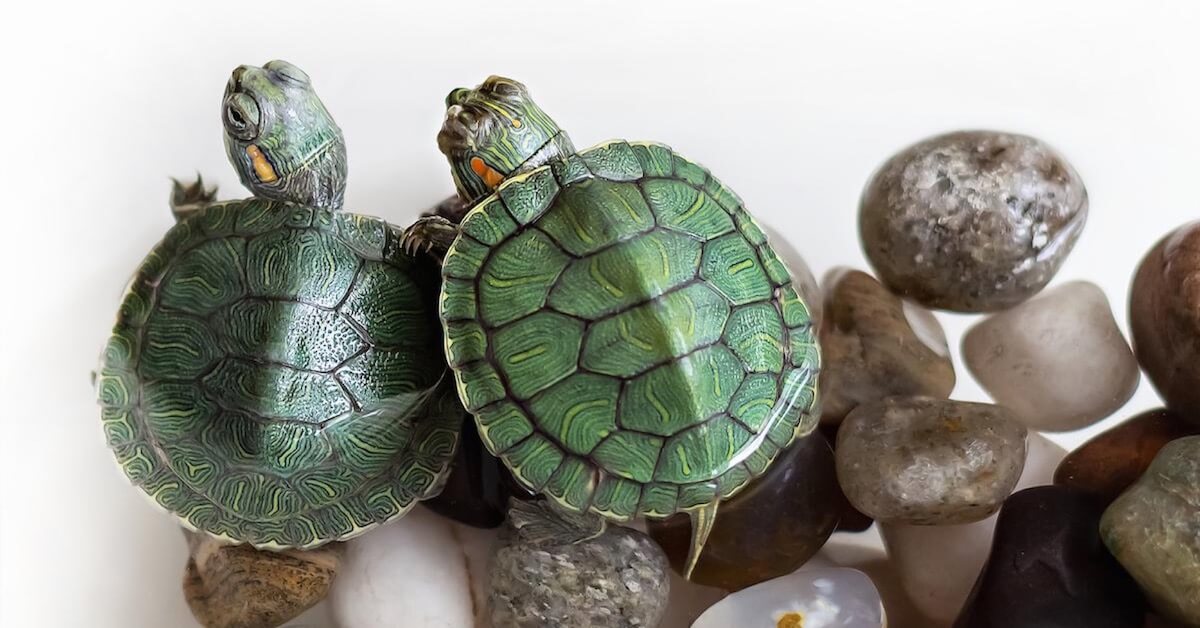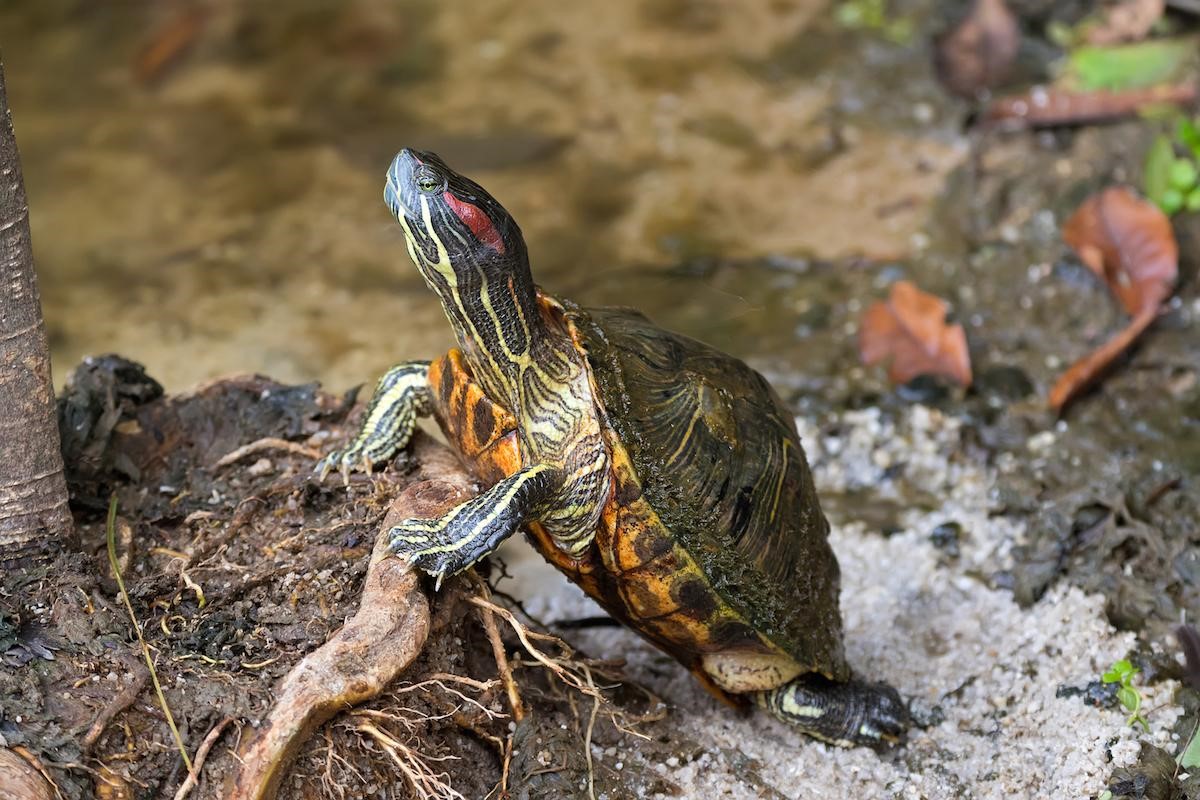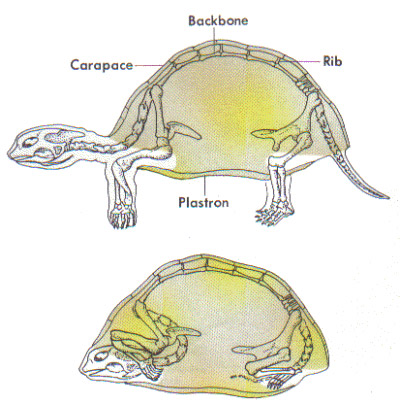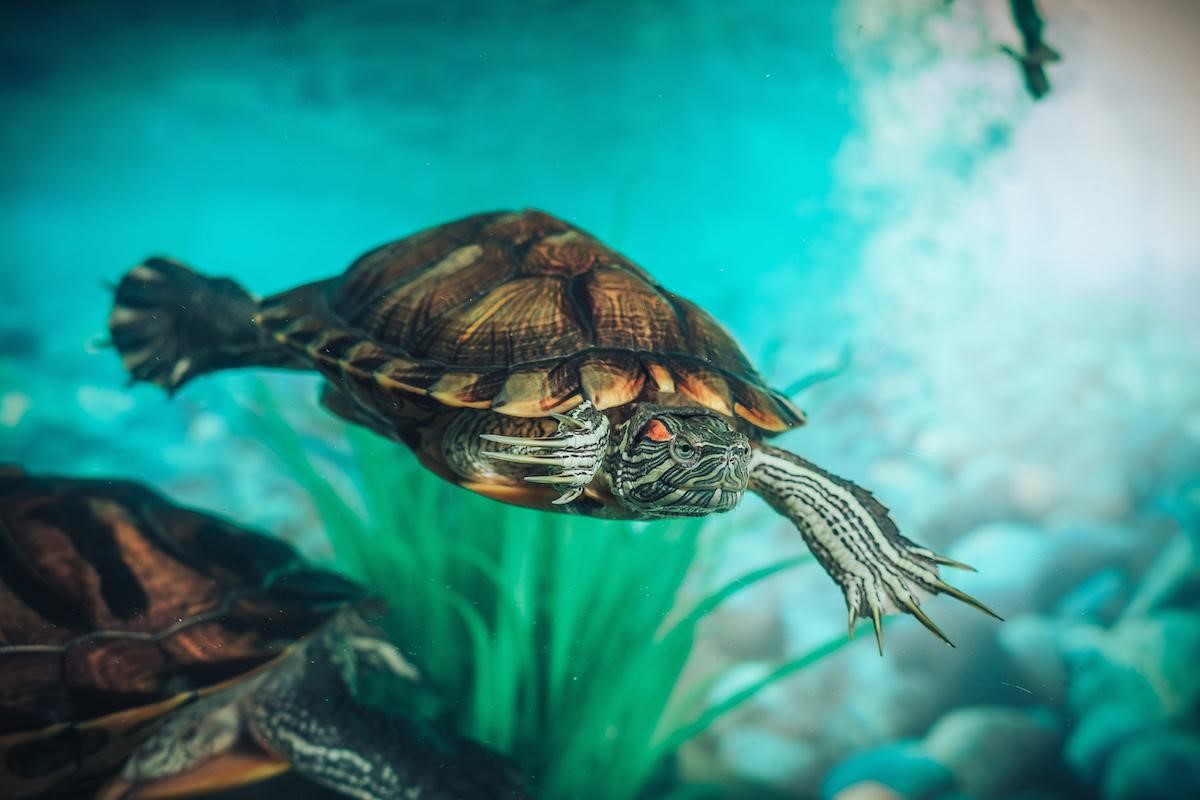4 Most Common Myths About Turtles, Busted

What’s harmful to a turtle and what’s not?
It’s awfully common to see terrapins for sale at pet shops here in Singapore. For many of us, this small species of turtle that lives in fresh or brackish water were our very first pet, and were sometimes bought on a whim simply because they appeared cute.
However, contrary to popular belief that terrapins – and all other turtles – are fuss-free and kid-friendly pets, these shelled creatures actually have very specific needs and can be quite costly to raise properly. In fact, most of us grow up not really understanding much about turtles, so here are some common misconceptions to be rid of!
1. Turtles can’t feel what’s on their shell

Some might liken a turtle’s shell to a human’s nails, but while our nail plate can’t feel pain, our nail bed can because it is packed with nerve endings and blood vessels, and so is a turtle’s shell.
This means that if you scratch a turtle on its shell, it will feel it just as if you were scratching its skin. They also have pain receptors in their shell, so when ignorant owners drill holes into the shell or bind them tightly, they are actually hurting the poor turtle very badly.
2. You can paint a turtle’s shell
No, you may not. Turtles were born to camouflage with its natural habitat’s terrain so that it can avoid predators, so if you were to pain a wild turtle just for fun, you’re literally placing a target marker on its back.
Of course, pet terrapins would not need to camouflage for survival, but a turtle’s shell is a living part of its body – toxic chemicals from the paint can be absorbed through the shell and poison its bloodstream!
On top of that, turtles get their main source of Vitamin D3 by absorbing UVB light from the sun through their shells. Once their shell is painted, the surface is covered and cannot absorb light anymore. The lack of Vitamin D3 can then lead to soft, brittle bones and a condition known as Metabolic Bone Disease, which can be fatal.
3. Turtles can come out of their shells
Cartoons are cartoons for a reason. Turtles, in real life, cannot leave its shell alive because it is an extension of its rib cage. That’s right, the bones of their ribs grow around and outside their vital organs and then fuse together to form that solid shell!

A turtle’s ribs are connected to its head, neck, and tail
Source: Kawartha Turtle Trauma Centre
4. You don’t need large spaces to keep a turtle

This may come as a shock to many, but the general rule of thumb for rearing aquatic turtles – terrapins included – is to have about 38 litres of water in your tank for every inch of shell length. Most terrapins we see are sold and kept in tiny rectangular containers with shallow waters so that they can breathe above the water surface, but this also means that there is absolutely no space for them to swim at all. Just like how we shouldn’t confine any other animals to small, tight spaces, this shouldn’t be the case for these shelled creatures too.
Turtles, not toys
Proper indoor tank setup for terrapins should include deep swimming spaces for them to stretch their legs and keep their minds active, a land area to rest, appropriate heat lights to regulate the temperature, and UVB lighting so that they can metabolise their food.
If you’re interested in getting a terrapin as a pet, do know that they do get sick and require visits to the vet as well. Coupled with equipment needed for them to live comfortably, the expenses can become rather costly, so do make sure that you’re in it for the long run and genuinely love these adorable creatures!








